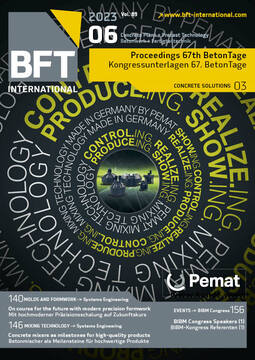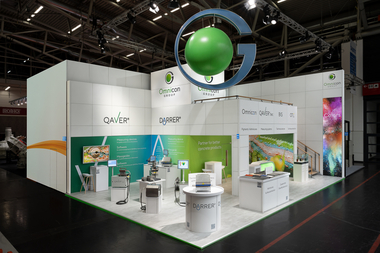Foreword
As all are aware, concrete is an indispensable and highly versatile material that plays a crucial role in modern society. It has been an integral part of countless infrastructure projects throughout history and will continue to be so for centuries into the future due to its durability, strength, and adaptability as a modern building material. Concrete structures have been known to last for decades, and with the right design and maintenance, can last for centuries. Its remarkable resilience to weathering, erosion, and fire makes it a reliable material for structures that need to withstand extreme conditions. Its adaptability makes it an ideal material for various projects, from massive construction sites to intricate designs. Its capacity to be molded and shaped allows for its use in creating diverse designs, making it an excellent choice for architects and the artistic.
Nonetheless, despite its widespread usage, hydraulic Portland cement binder concrete has its darker side, particularly when it comes to its sustainability in a carbon-constrained environment. Understanding the implications of this is crucial if we are to ensure that concrete production and usage do not have adverse impacts on the environment and on our society. Experts in conferences like this are engaging in paramount discussions and debates to inform and influence policymakers and develop new generations of more sustainable and durable binder-based products.
According to the United Nations Climate Action, to keep global warming below 1.5 degrees Celsius, we need to reduce greenhouse emissions by 45 % of 2010 levels by 2030. Unfortunately, we are currently on track to increase greenhouse emissions by 10 %. The latest tracking report by the International Energy Agency, published in September 2022, reveals that the cement subsector is currently not on track to achieve a net zero emissions scenario by 2050 – there is considerable work to be done with little time.
These sobering statistics demonstrate the pressing need to address the environmental impact of our concrete production and usage. It is vital that we explore and implement sustainable strategies that can minimize our industry’s carbon footprint, reduce waste, optimize the use of materials, and increase the longevity of our valued existing infrastructure assets.
Presenting on shared experiences at events such as the BetonTage congress is vital if we are to productively contribute to this most wicked of problems, together with that of the many others where innovative solutions are needed to some of the most critical matters facing our communities.
I wish all attendees all the best for the conference and for fruitful and productive discussions.




